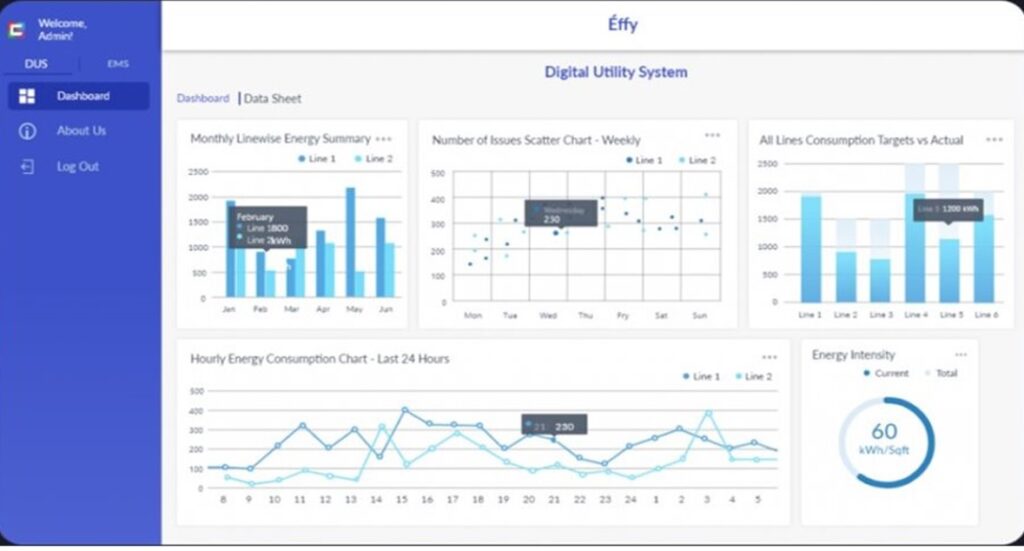
Introduction
🌟The Indian EHS landscape is rapidly evolving, driven by stringent regulations, increasing awareness of safety and environmental concerns, and advancements in technology. As a result, Indian organizations are increasingly adopting EHS technologies to enhance their safety performance, comply with regulations, and improve overall sustainability. 🌱
“Safety first is safety always”
EHS Consultant

Top 10 EHS Technology Adoption Trends
Internet of Things (IoT) for Real-Time Monitoring:
IoT devices are being deployed across various industries to monitor environmental parameters, track equipment health, and detect safety hazards in real time. For instance, Tata Steel has implemented IoT sensors in its plants to monitor air quality, noise levels, and equipment vibrations.

Wearable Technology for Worker Safety:
Wearable devices like smartwatches and safety helmets equipped with sensors are being used to monitor workers’ health, detect hazards, and prevent accidents. For example, Larsen & Toubro has deployed wearable devices to track workers’ location and vital signs in hazardous environments.

Artificial Intelligence (AI) for Predictive Maintenance:
AI-powered algorithms can analyze data from sensors and equipment to predict failures and schedule maintenance proactively, reducing downtime and improving efficiency. Reliance Industries has implemented AI-based predictive maintenance solutions in its manufacturing plants.

LED Display Systems for EHS, ERT, and Head Count:
LED display technology is being used to display impact on environmental parameters. The same displays can be used to keep real-time track of Emergency Response Team members. Similarly, HeadCount Solutions are being implemented in companies to keep real-time track of the people on-site, including employees, contractors, visitors, and transporters. Godrej Group has adopted all these solutions to track the enhance safety at its site.
Augmented Reality (AR) for Training and Inspections:
AR can provide immersive training experiences and facilitate remote inspections, improving safety and efficiency. Tata Consultancy Services has developed AR-based training modules for its employees.

Cloud-Based EHS Software:
Cloud-based EHS software solutions offer scalability, accessibility, and reduced IT costs. Infosys has implemented a cloud-based EHS platform to manage its global operations.
Data Analytics for Risk Assessment:
Advanced data analytics tools can help organizations identify and assess risks, prioritize mitigation efforts, and improve overall safety performance. Vedanta Resources has deployed data analytics solutions to analyze accident trends and identify root causes.
Virtual Reality (VR) for Safety Training:
VR can provide realistic simulations of hazardous environments, allowing employees to practice safety procedures in a controlled setting. NTPC has implemented VR-based safety training programs for its workers.

Environmental Monitoring and Reporting:
EHS software solutions are being used to monitor environmental parameters, track emissions, and generate compliance reports. Adani Group has adopted EHS software to ensure compliance with environmental regulations.
Employee Engagement and Safety Culture:
Technology can be used to promote a strong safety culture, engage employees, and foster a sense of ownership. Tata Power has implemented gamification elements in its EHS programs to encourage employee participation.

Benefits for Companies and Workers
The adoption of EHS technologies can bring significant benefits to companies and their workers, including:
Improved safety performance: Reduced accidents, injuries, and fatalities.
Enhanced compliance: Adherence to environmental and safety regulations.
Increased efficiency: Optimized operations and reduced downtime.
Cost savings: Reduced costs associated with accidents, injuries, and environmental violations.
Improved employee morale: A safer and healthier work environment can boost employee morale and productivity.
Impact on Society
The widespread adoption of EHS technologies can have a positive impact on society as a whole by:
Protecting the environment: Reducing pollution and environmental degradation.
Improving public health: Enhancing worker safety and well-being.
Promoting sustainable development: Contributing to a more sustainable and equitable future.

Frequently Asked Questions (FAQs)
1. What is EHS technology and why is it important in India?
EHS technology refers to software and hardware. They are used to manage a company’s environmental, health, and safety programs. In India, it is becoming crucial. Stricter government regulations are driving its adoption. It also helps companies meet global standards.
2. How does EHS tech help with compliance in India?
India’s regulatory landscape is complex. EHS technology automates compliance reporting. It tracks permits and licenses. This helps companies avoid costly fines and legal issues. The technology provides a verifiable audit trail.
3. What are some of the top EHS technology trends in India?
Many trends are gaining momentum. Companies are adopting IIoT sensors for real-time monitoring. We also see a rise in AI-powered risk analytics. Wearable technology for worker safety is a major trend. Mobile apps for incident reporting are also popular.
4. How can a small or medium-sized company in India afford this tech?
Modern EHS solutions are scalable. Cloud-based software offers flexibility. This reduces the need for large upfront investments. Many vendors offer subscription models. They are designed to fit different budget sizes.
5. What is the return on investment (ROI) for EHS technology?
The ROI is multifaceted. It includes reduced accident rates and lower insurance costs. Companies also see increased operational efficiency. Improved employee morale and productivity are key benefits. It’s a proactive investment in your workforce.
Your Turn to Innovate!
Embracing EHS technology is no longer optional. It is a strategic move for any company. It ensures safety, drives sustainability, and boosts productivity. The future is here.
What is the biggest EHS challenge your company is currently facing? How do you think technology could solve it?
Share your thoughts and experiences in the comments. Let’s learn from each other.
#EHSIndia, #EHSTech, #SafetyTrends, #Sustainability, #WorkplaceSafety, #IndianManufacturing, #DigitalTransformation, #SafetyTech, #EnvironmentalCompliance, #IndianIndustry